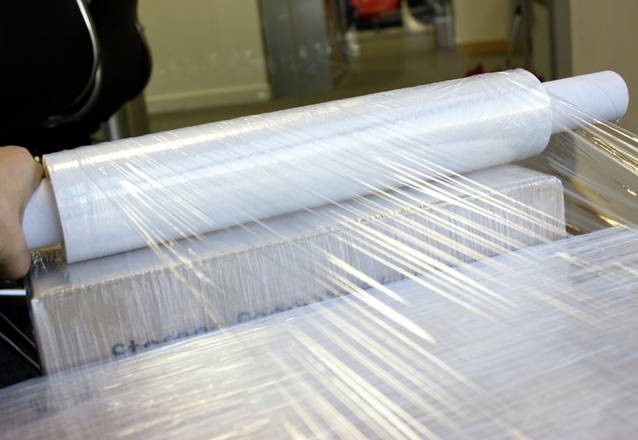
Stretch wrap, also known as stretch film, is a highly flexible and durable packaging material that offers a range of benefits for the agriculture sector. Designed to securely wrap and protect items, stretch wrap is instrumental in maintaining the quality and integrity of perishable goods from farm to table.

As the agriculture industry embraces innovative solutions, stretch wrap stands out as a vital tool in enhancing the efficiency and viability of agricultural operations. Its ability to preserve freshness, extend shelf life, and safeguard products from physical damage and contaminants makes it an indispensable asset from farm to fork. By harnessing the power of stretch wrap, stakeholders in the agriculture sector can contribute to reduced waste, improved food safety, and enhanced consumer satisfaction, all while ensuring that quality produce reaches its destination in prime condition.
Stretch wrap is a clear, plastic film that is used to secure loads. It is made of a polymer called polyethylene, and it is available in a variety of thicknesses and widths. Stretch wrap is often used in the agriculture industry to secure pallets of agricultural products, such as fruits, vegetables, and grains.
There are a number of benefits to using stretch wrap in agriculture, including:
There are a few drawbacks to using stretch wrap in agriculture, including:
There are a number of different types of stretch wrap used in agriculture, including:
The right stretch wrap for agriculture will depend on the specific needs of the farmer. Some factors to consider when choosing a stretch wrap include:
Stretch wrap should be cared for properly to ensure that it lasts for many years. Some tips for caring for stretch wrap include: